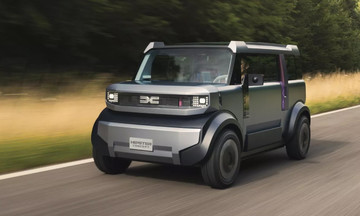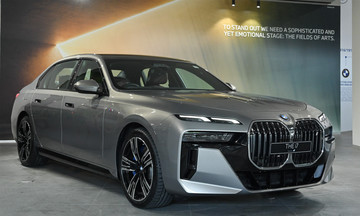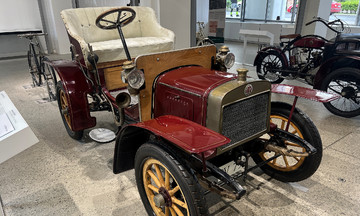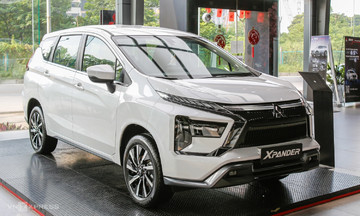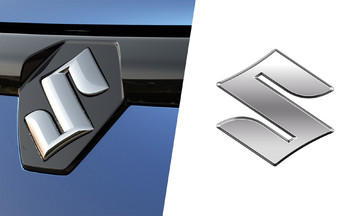This compact electric vehicle will compete with the upcoming Volkswagen ID. Golf, boasting a length of 4,288 mm and similar specifications. However, the Golf won't have the dynamic look of the Concept Three, with its coupe-like silhouette, sloping roofline, and low, sporty front end.
Hyundai calls the Three an "Aero Hatch," citing the combination of its sporty roof, the visual appeal of intersecting lines created by the "Parametric Dynamics" design language, and the upright rear window as a blend of performance and practicality.
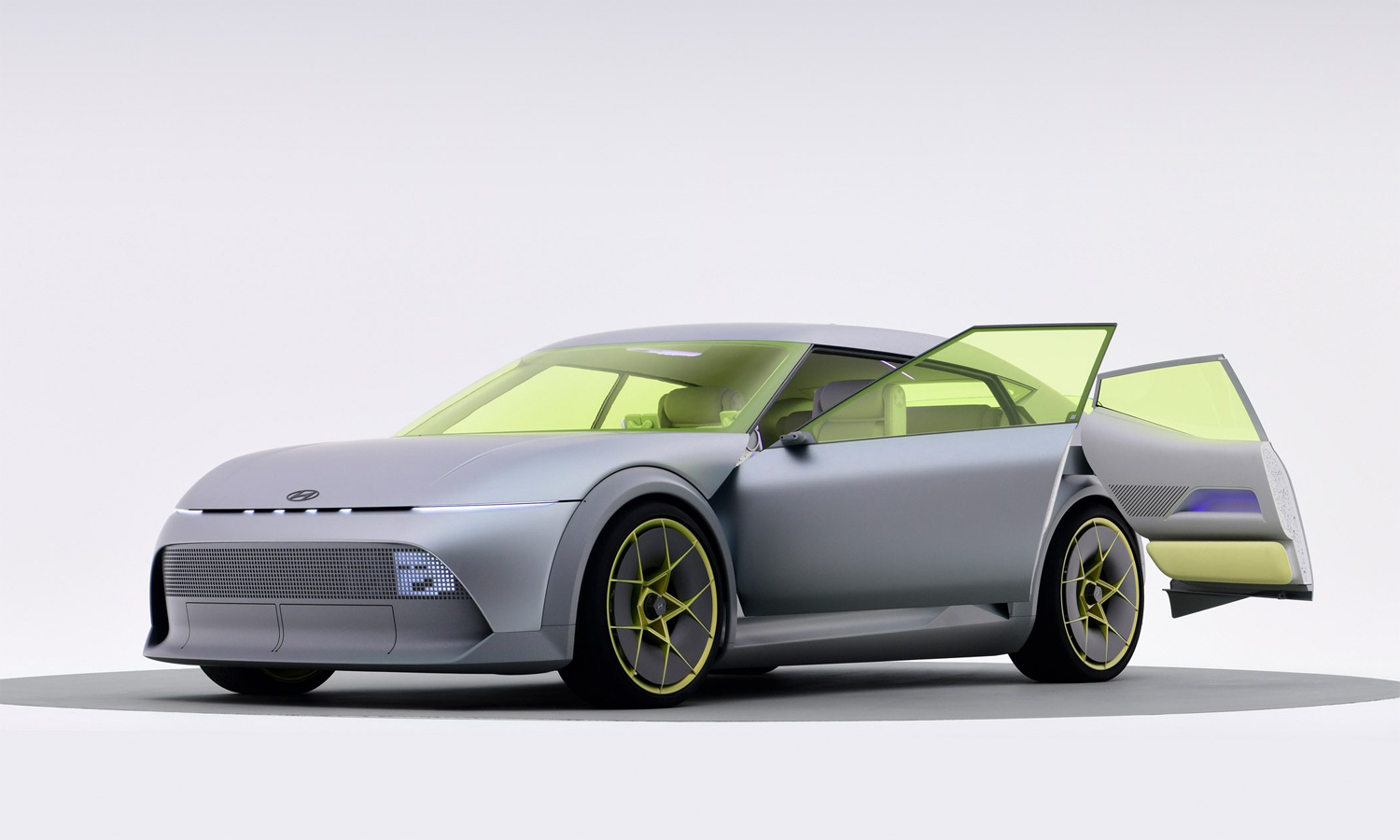 |
Hyundai Concept Three with reverse-opening rear doors. Photo: Hyundai
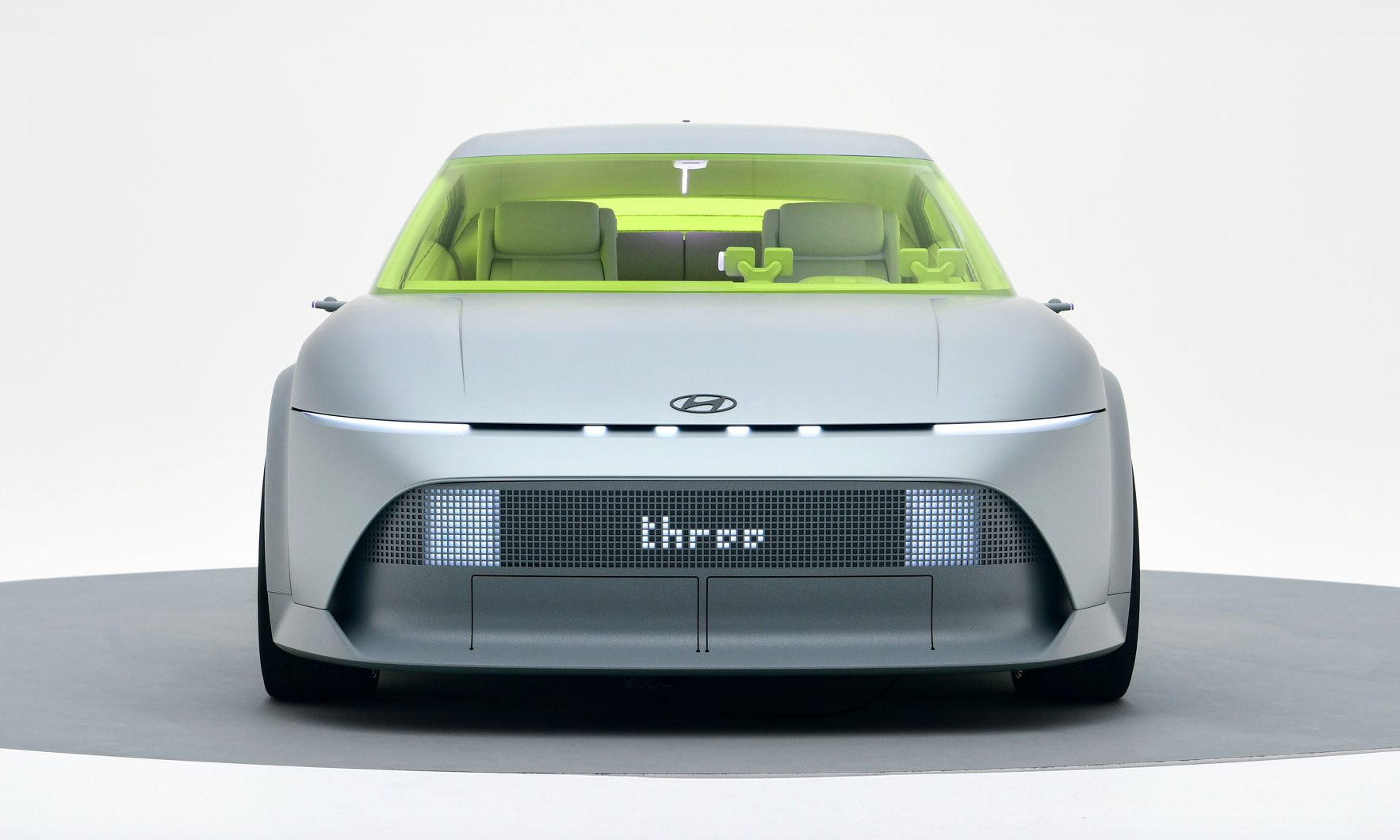 |
The concept model is believed to be a preview of the Ioniq 3.
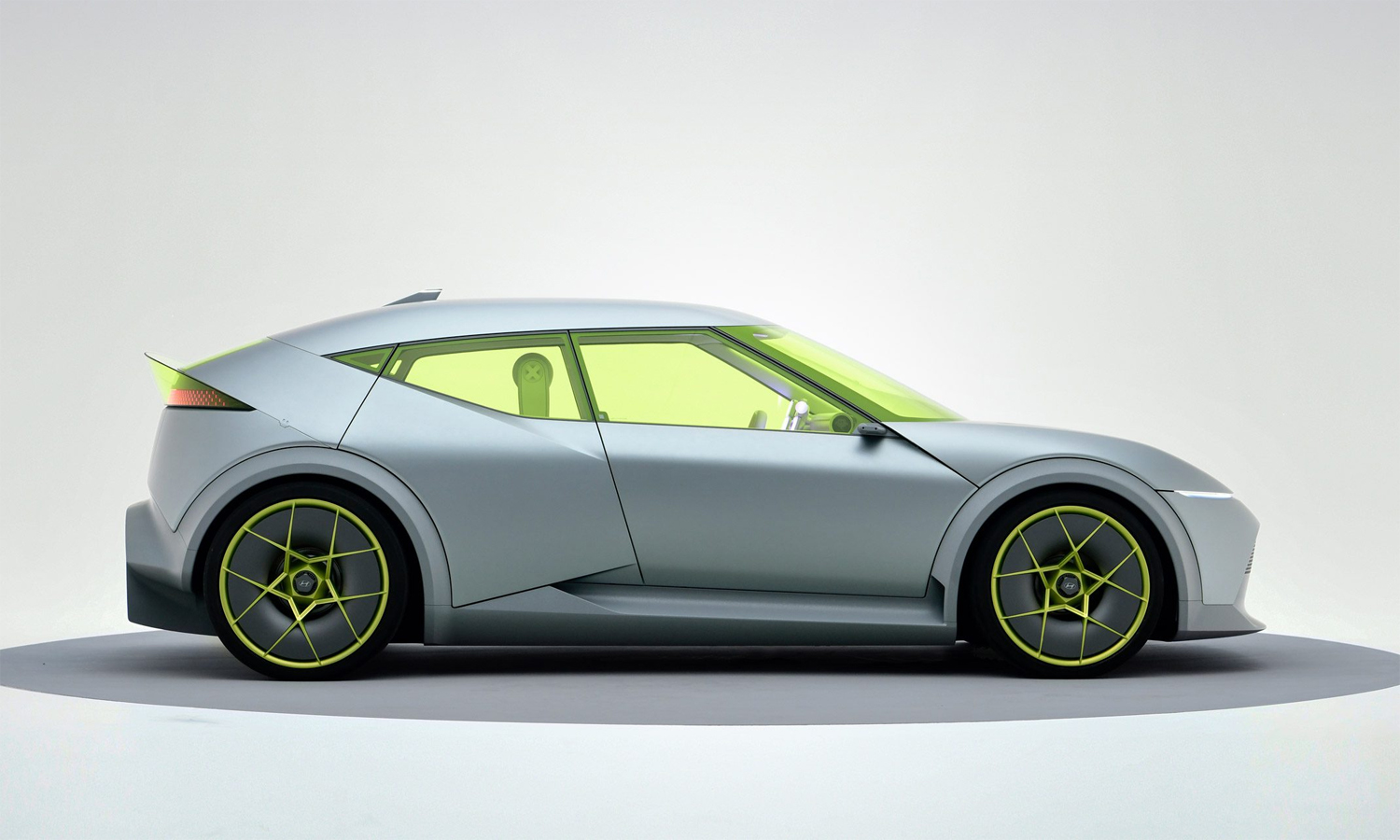 |
Sporty hatchback design.
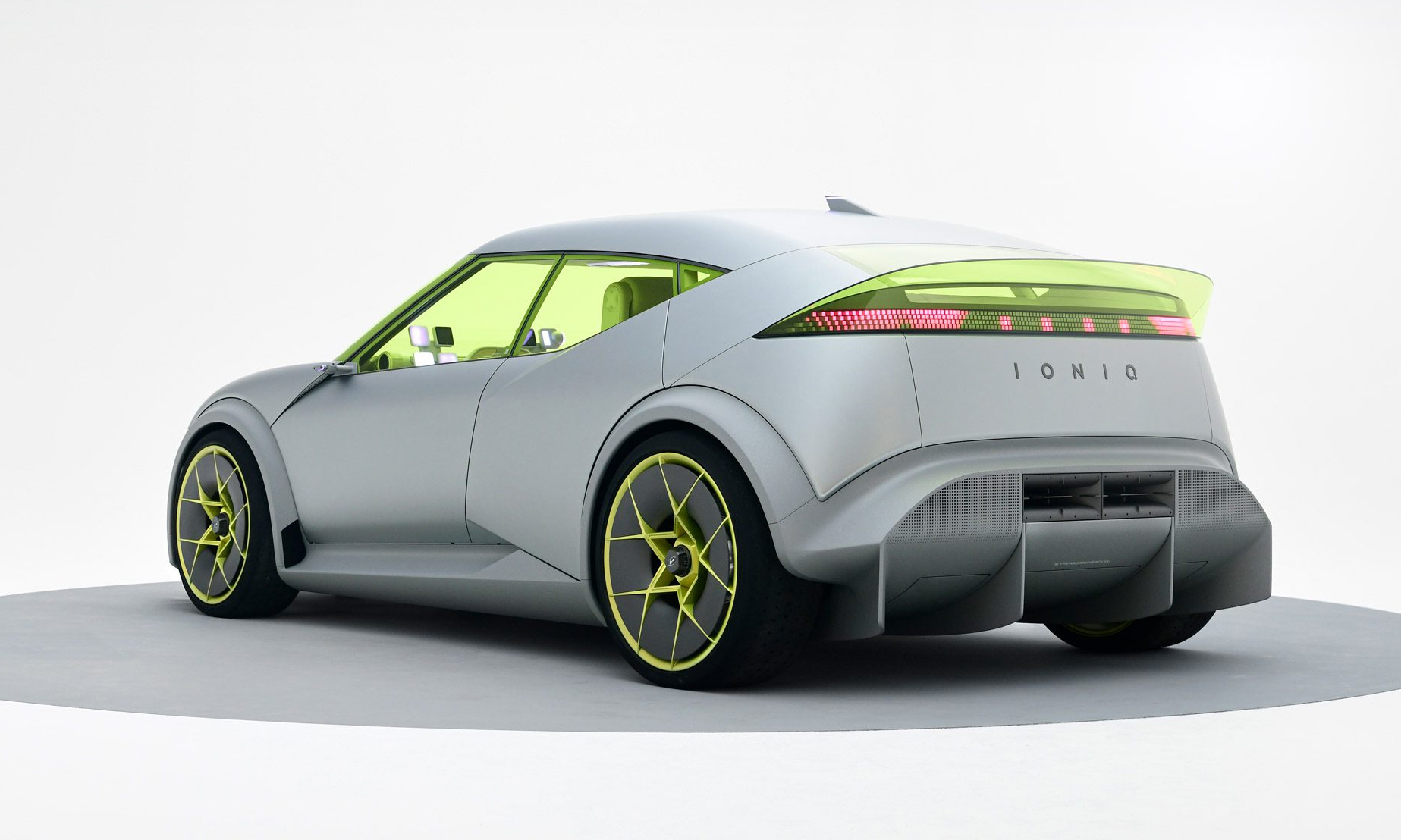 |
Large diffuser, topped by a spoiler.
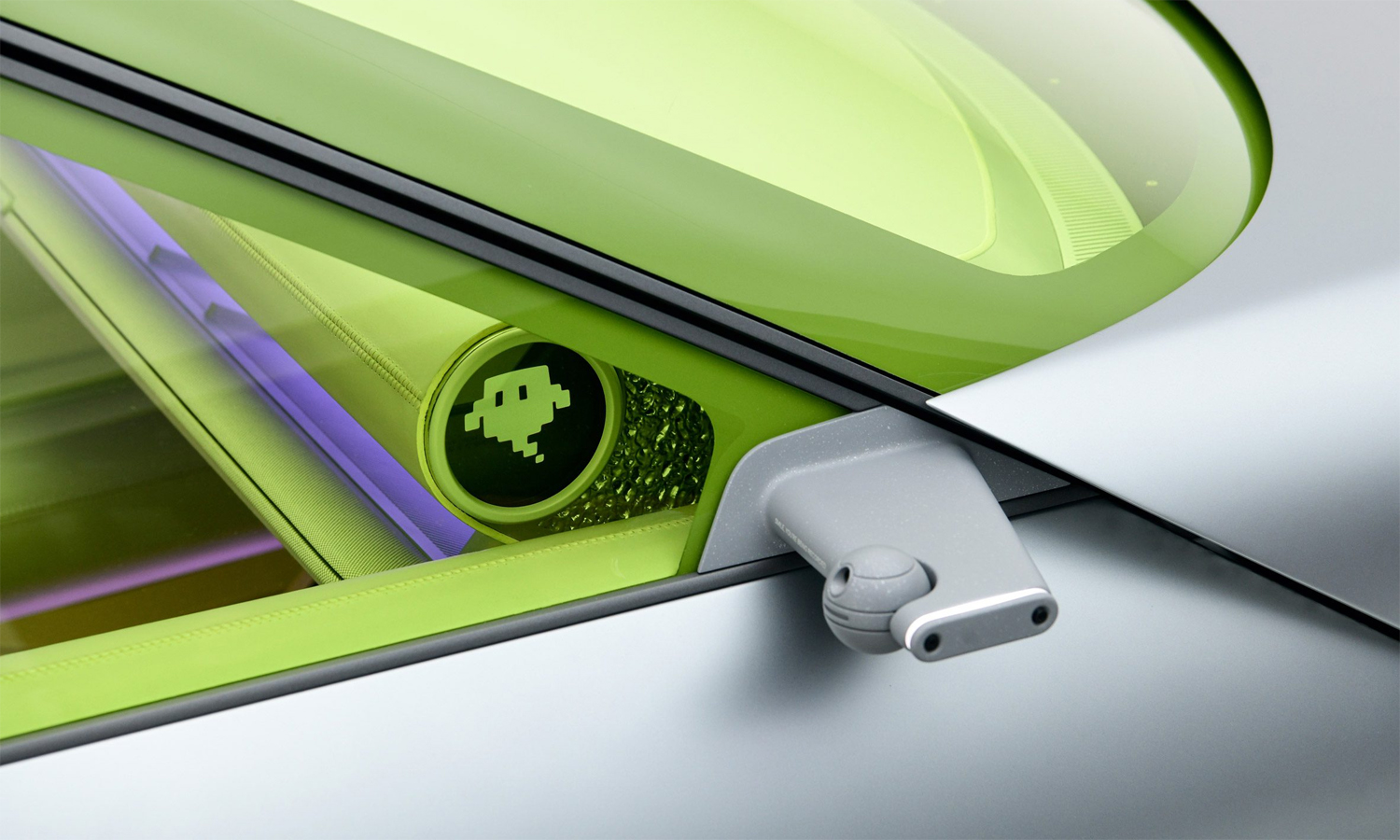 |
New style camera-based rearview mirrors.
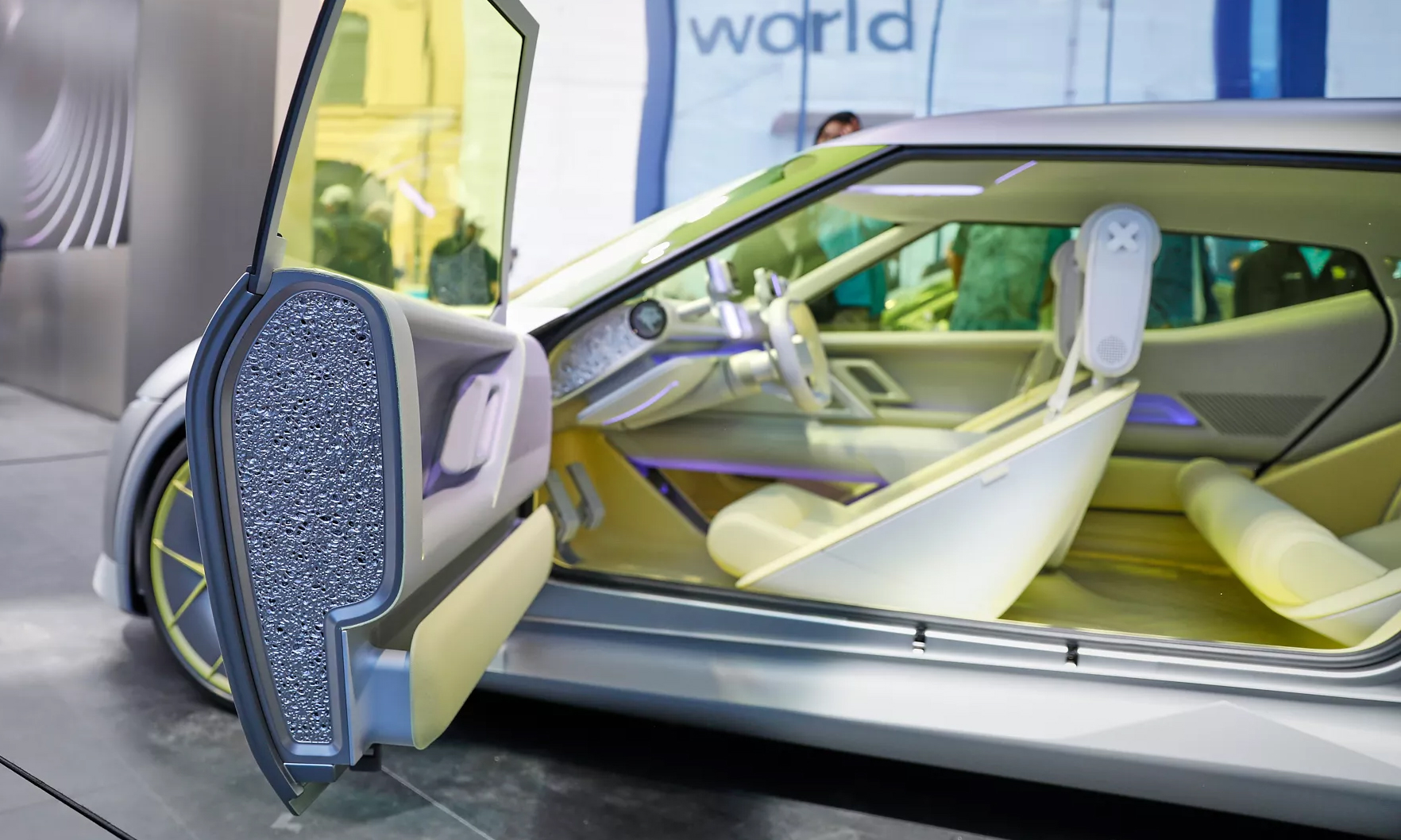 |
The car uses sustainable materials, including recycled fabrics from ocean waste and lightweight aluminum foam throughout the cabin.
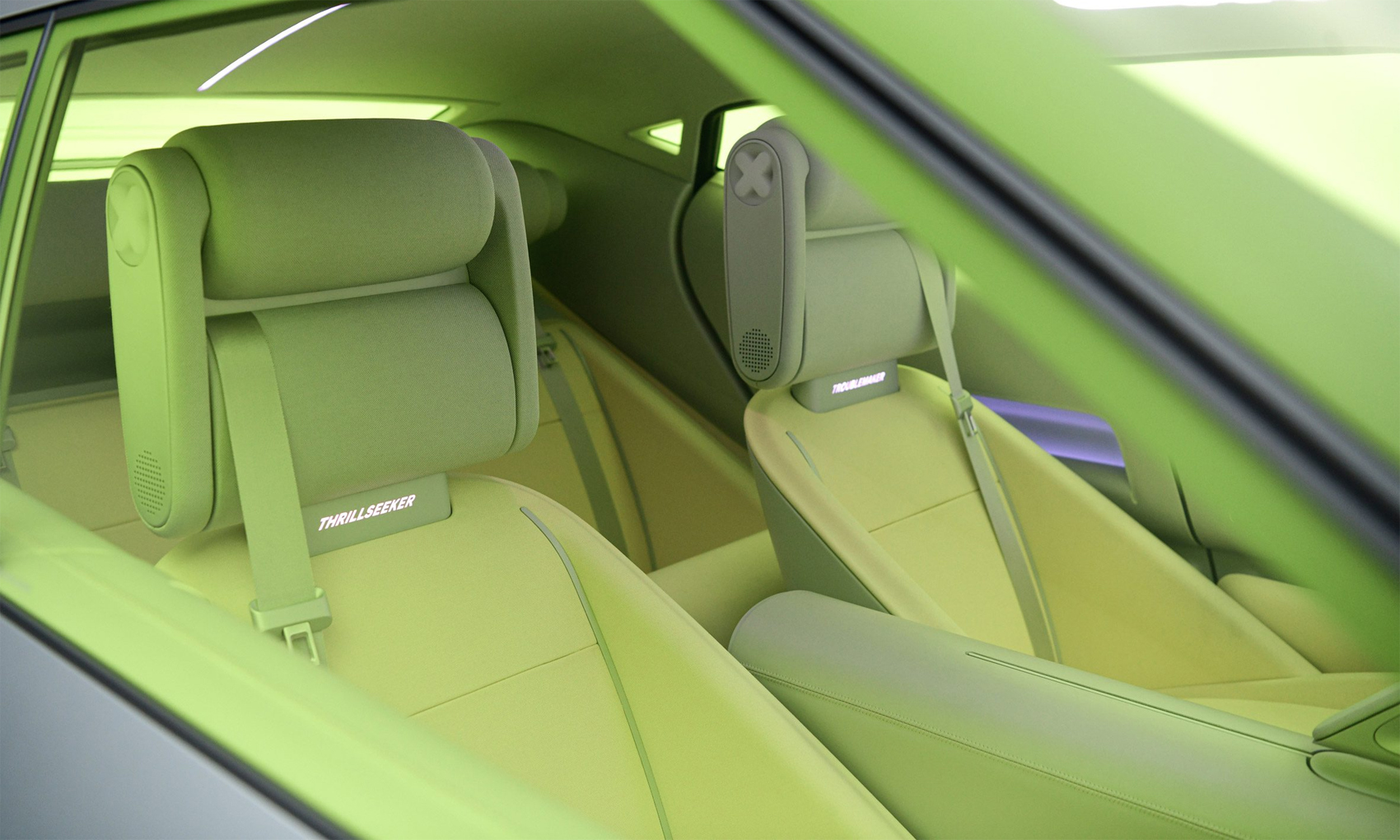 |
Lemon yellow surfaces.
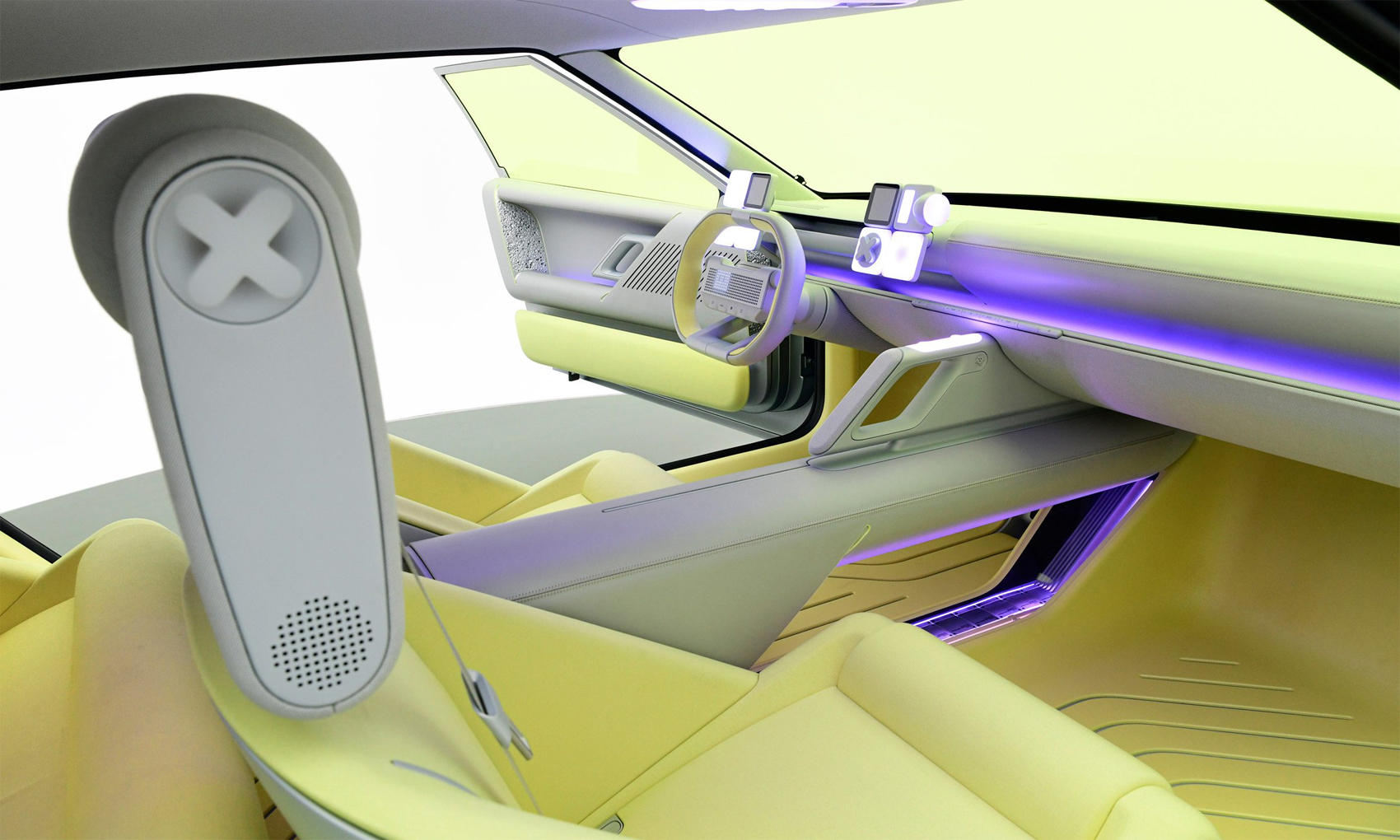 |
And light gray details.
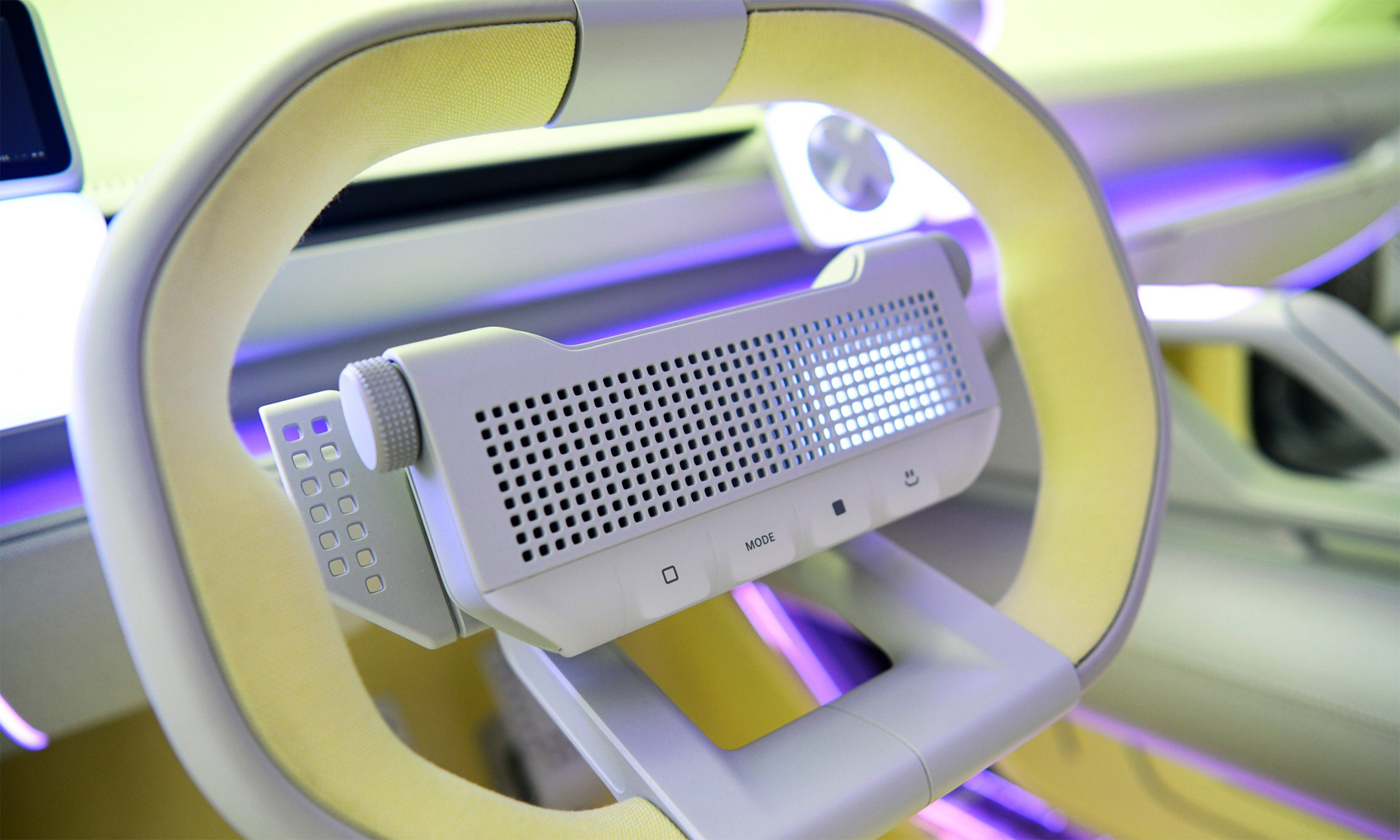 |
Instead of a traditional instrument cluster and infotainment screen, several square screens and control surfaces are mounted in front of the steering wheel.
Simon Loasby, Hyundai's design chief, told Autocar that the standard production versions won't have the aggressive styling or gullwing rear doors. However, elements like the diffuser, transparent rear spoiler, and large fender flares could be adapted for a future N performance version.
More than most other automakers, Hyundai has embraced lighting technology to create its own identity, and the Concept Three is no exception. The Parametric Pixel lighting system is used at both ends of the vehicle, but the pixels are more refined, with a color-shifting effect that makes the upper pixels appear brighter.
The Concept Three marks a clear departure from Hyundai's traditional design themes. There's no large touchscreen; instead, the driver brings their own devices to attach to the dashboard and customize the experience. Form-fitting seats are upholstered in sustainable fabric, and unique handles on the dashboard give the impression of an integrated vacuum system. The lemon yellow and light gray surfaces utilize sustainable materials like recycled fabrics from ocean waste and lightweight aluminum foam throughout the cabin.
Hyundai hasn't revealed any technical details, but logically, the Ioniq 3 will be similar to models like Kia's EV4. This means it will likely use a 400 V electrical system instead of 800 V, but with the option of single and dual motor configurations. Two battery options are expected, with a range of around 628 km for the highest-performing models.
My Anh (Carscoops)




